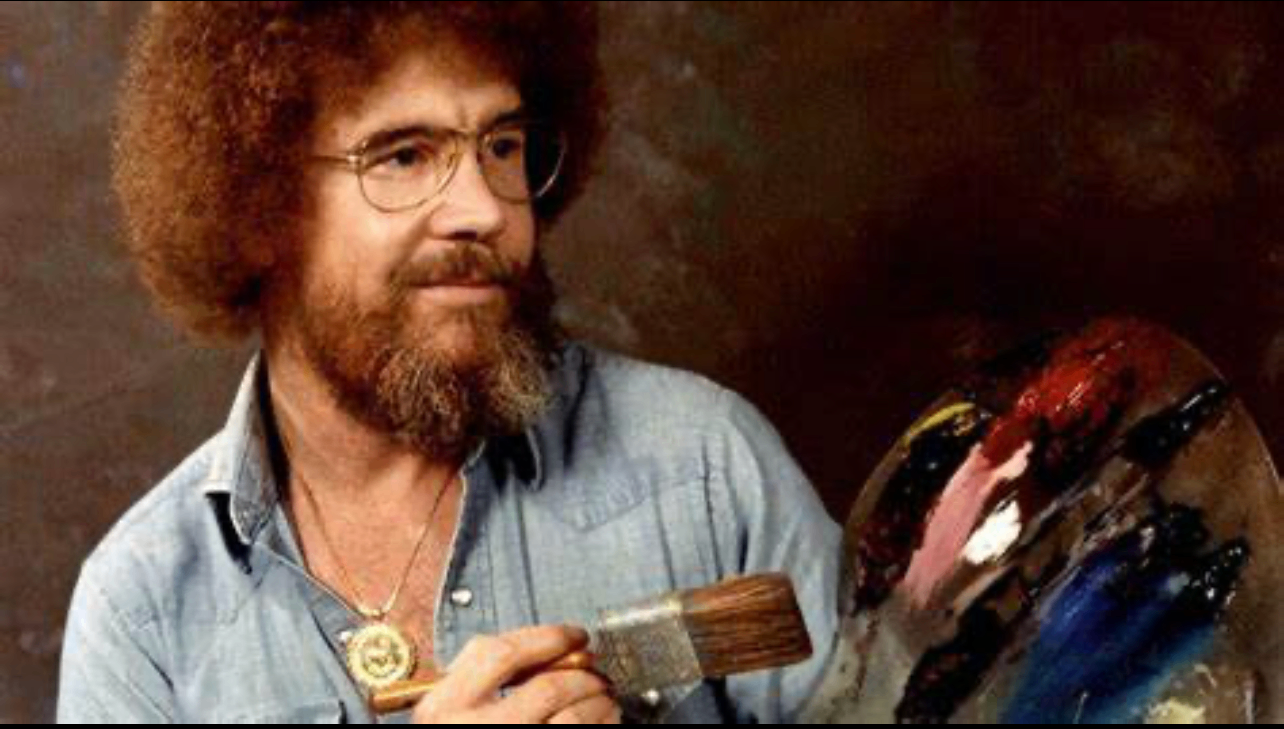Art is important for every age group due to its profound impact on human development and well-being. The science behind why art is valuable can be explained through 12 key reasons:
-
Cognitive Development: Engaging in artistic activities stimulates cognitive functions such as problem-solving, critical thinking, and spatial reasoning. Creating art involves making decisions, planning, and organizing ideas, which all contribute to cognitive development.
-
Brain Health and Neuroplasticity: Research suggests that engaging in artistic pursuits can promote neuroplasticity, the brain's ability to reorganize and form new neural connections. This can have positive effects on cognitive function and memory. According to Neurology, a medical journal of the American Academy of Neurology, “pursuing creative passions and favorite activities into old age could preserve your mind and stave off dementia.” The study revealed that individuals who actively participated in artistic activities like painting, drawing, and sculpting during middle and old age experienced a remarkable 73% lower likelihood of developing memory and cognitive issues, including mild cognitive impairment, which can potentially lead to dementia.
-
Emotional Expression: Art provides a powerful outlet for emotions and feelings that may be difficult to express through words. It allows individuals of all ages to process their emotions, reduce stress, and enhance emotional well-being.
-
Creativity and Imagination: Art encourages creativity and imagination by promoting innovative thinking and encouraging individuals to explore new ideas, solutions, and perspectives. This fosters a sense of curiosity and open-mindedness.
-
Fine Motor Skills: Art activities, such as drawing, painting, and sculpting, require precise hand movements, which help develop and refine fine motor skills in children and can help maintain dexterity in adults.
-
Self-Expression and Identity: Art provides a means for individuals to express their unique identities and experiences. It enables people to share their stories, culture, and perspectives, fostering a sense of belonging and self-awareness.
-
Social Interaction and Communication: Art can be a communal activity, promoting social interaction and communication among people of all ages. Collaborative art projects encourage teamwork, empathy, and understanding.
-
Stress Reduction and Mental Health: Creating art has been linked to reduced levels of stress hormones and increased dopamine, which contributes to improved mood and overall mental health.
-
Lifelong Learning: Art is a lifelong learning process, and its continuous practice helps maintain cognitive abilities and keeps the brain active as individuals age.
-
Sense of Accomplishment: The act of creating art and seeing tangible results fosters a sense of accomplishment and boosts self-esteem and confidence.
-
Cultural Appreciation: Art provides a platform for exploring and appreciating diverse cultures and histories, promoting understanding and tolerance.
- Aesthetics and Sensory Stimulation: Engaging with art stimulates the senses and enhances aesthetic appreciation, contributing to a more enriched and fulfilling life experience.




Leave a comment
This site is protected by hCaptcha and the hCaptcha Privacy Policy and Terms of Service apply.